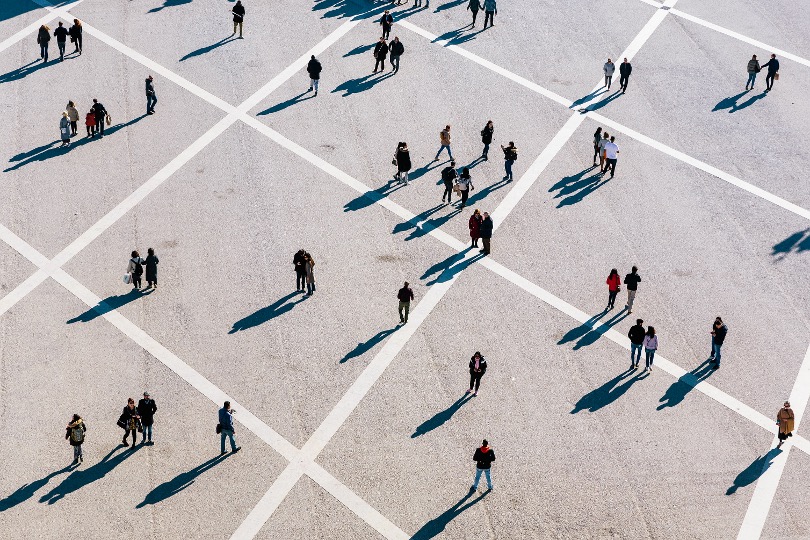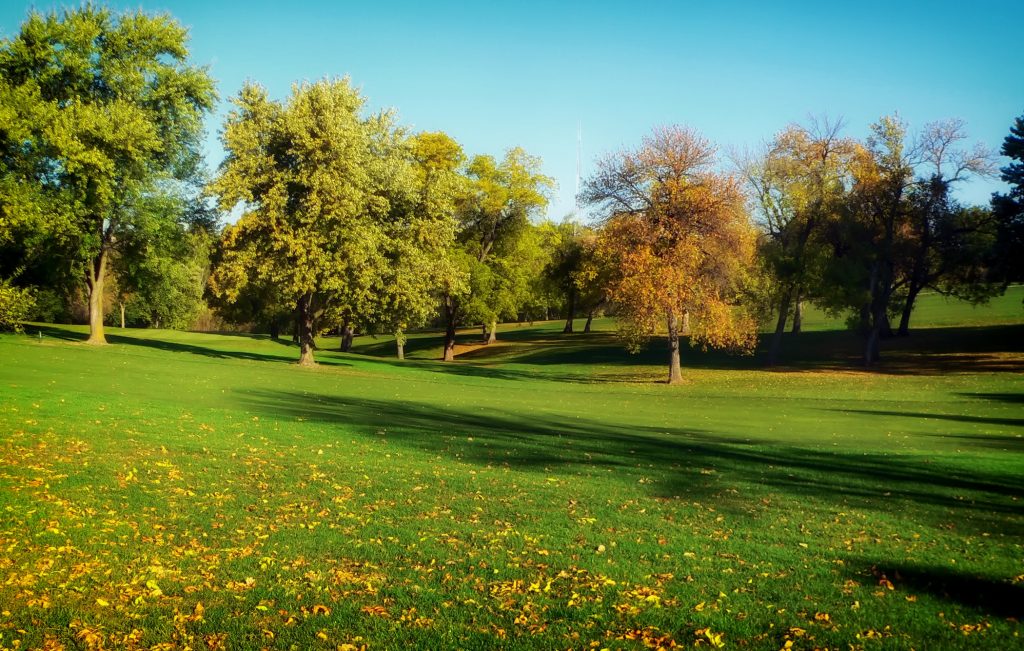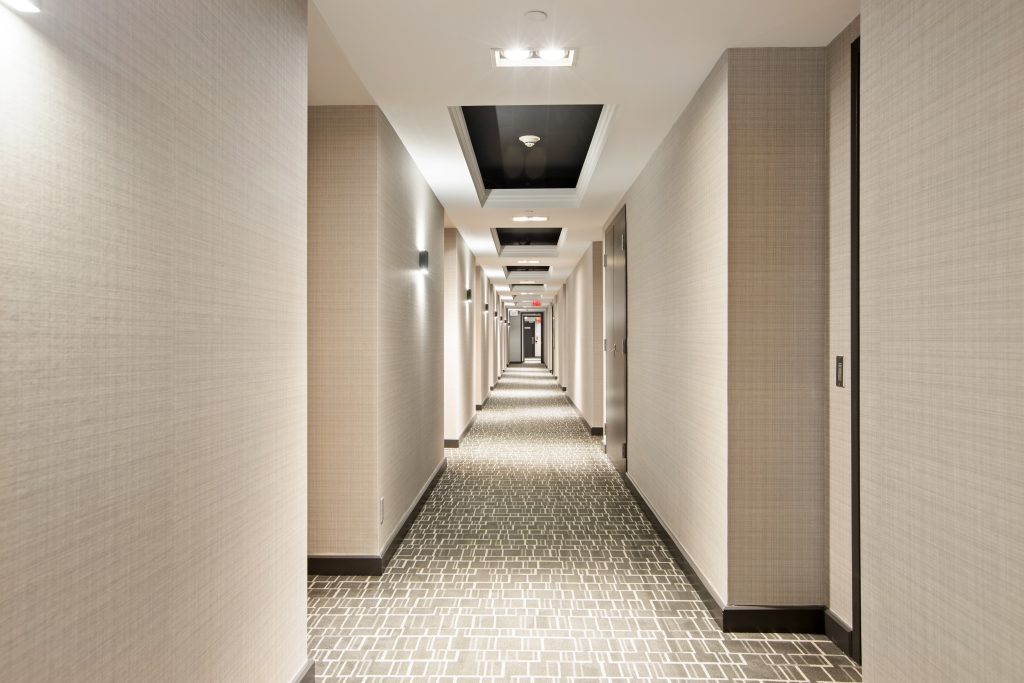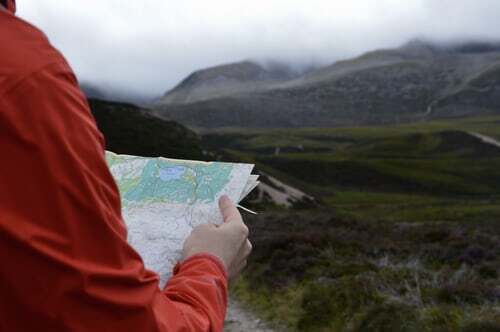Navigation in the environment is an essential and complex ability in everyday life. Our research aims to investigate the relationship between the role of individual differences and the characteristics of the environment on mental representations of the environment and well-being

Environmental psychology
Both natural and built environments contribute to our health and well-being. For instance, natural environments “regenerate” our affective and cognitive states; design can promote autonomy, sense of direction, and quality of life.
Main topics:
- Environmental restorativeness and well-being. Environments having certain characteristics, such as the sense of “being away”, the ability of “fascination”, would have the potential to make individuals recover from fatigue and have more resources to engage in activities that require cognitive abilities.
Past funded projects:
VARCITIES , VERBENA (UNI-IMPRESA 2019) PI: Francesca Pazzaglia

- Outdoor and indoor design and navigability. Building characteristics can influence how people orient themselves within outdoor and indoor environment. For example, the ability to orient oneself decreases as the complexity of the plan increases. On the other hand, spatial orientation is facilitated when (i) visual access increases, (ii) there is a high degree of architectural differentiation, and (iii) signage and room numbering are used consistently in the environment.

Spatial cognition and navigation
Successful navigation and orientation are essential in daily life. Spatial abilities, experiences, strategies, beliefs, attitudes, and emotions are among the individual factors that impact our navigation ability.
Main topics:

- Sex and age. Sex differences in favor of men have been shown in various spatial recall tasks, especially those that require allocentric knowledge. However, literature has shown mixed results and factors explaining these differences are still unclear. Research in the adult lifespan generally agrees that there is a decrease in spatial performance in aging, although the results depend on several factors, such as the type of input and the output measures that are used.

- Visuospatial factors. Navigation ability relates not only to objective abilities, such as visuospatial working memory and rotation abilities, but also to subjective aspects. Among them, emotional-motivational factors (e.g., spatial self-efficacy, spatial anxiety, pleasure in exploring places) and beliefs (e.g., growth mindset, gender stereotypes) predict navigation ability.

- Navigation aids. They comprise the instruments (e.g., maps, GPS) and modalities (e.g., asking for verbal directions) used to support moving in the environment. Navigation aid use is of interest for people’s navigation performance and navigation habits.

- Environment learning and sports. There are conditions that may boost visuospatial and navigation abilities. One of these seems to be practicing a sport or activities involving outdoor navigation (e.g. judo, orienteering, speleology).